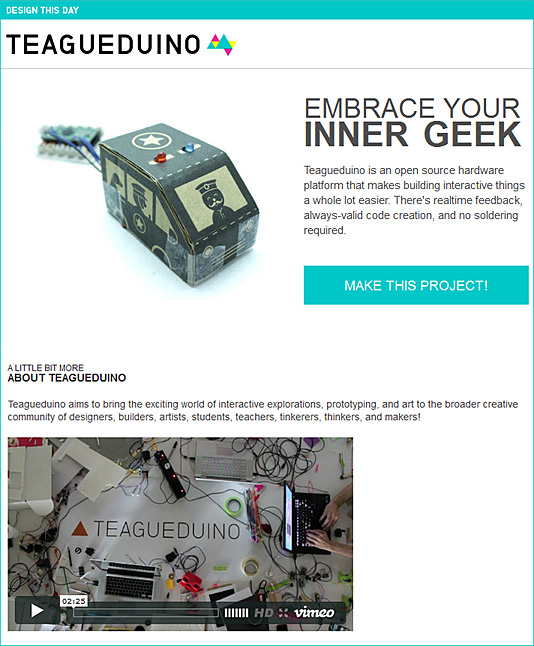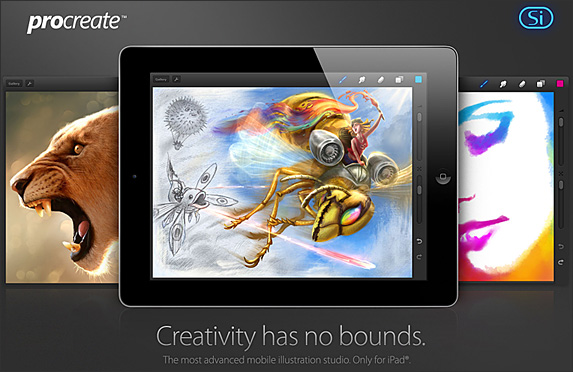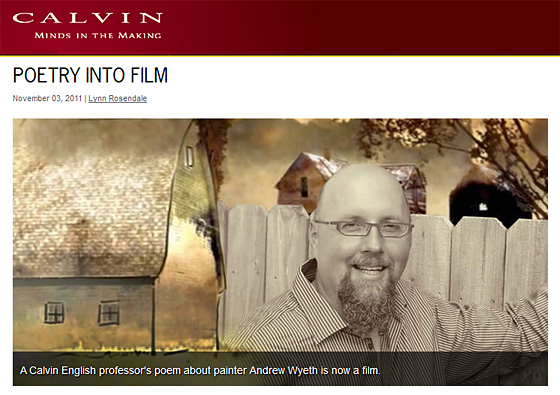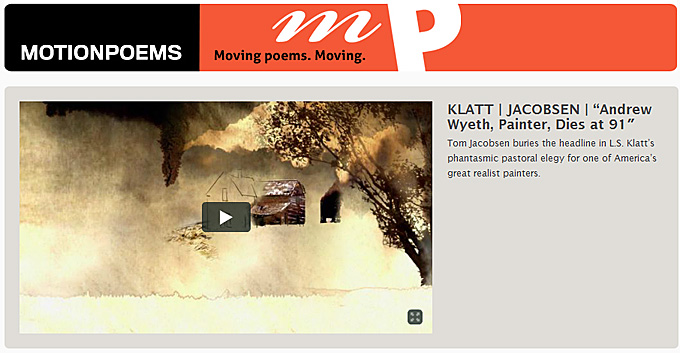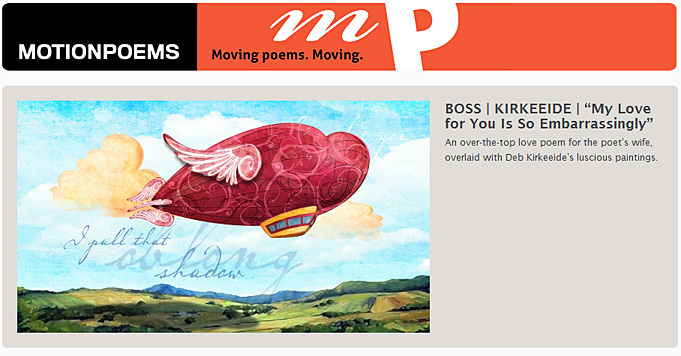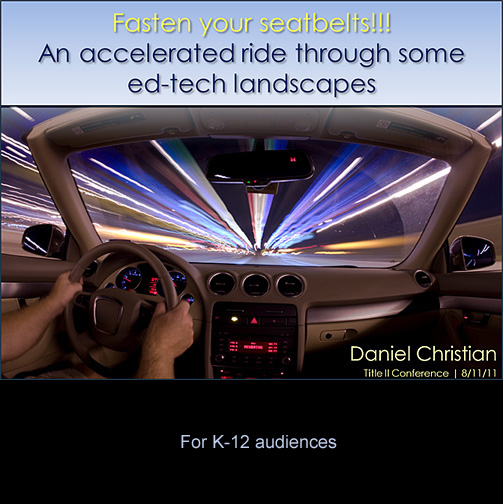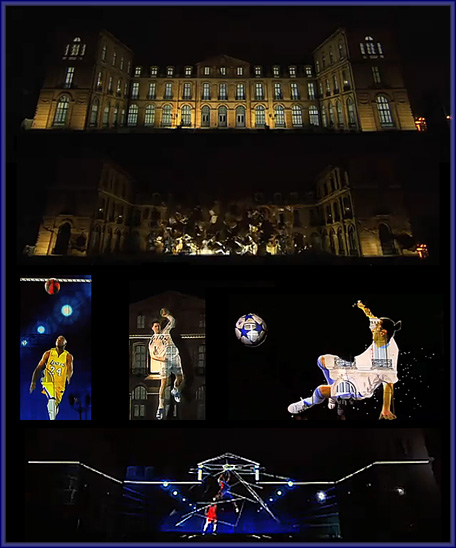From DSC: Below are my reflections on MOOCs of Hazard — from newrepublic.com by Andrew Delbanco — who asks: Will online education dampen the college experience? Yes. Will it be worth it? Well…
.
While I’m not sure that I agree with the idea that online education will dampen the college experience — and while I could point to some amazing capabilities that online education brings to the table in terms of true global exchanges — I’ll instead focus my comments on the following items:
1) Massively Open Online Courses (MOOCs) are recent experiments — ones that will continue to change/morph into something else.
They are half-baked at best, but they should not be taken lightly. Christensen, Horn, Johnson are spot on with their theories of disruption here, especially as they relate to innovations occurring within the virtual/digital realm. For example, the technologies behind IBM’s Watson could be mixed into the list of ingredients that will be used to develop MOOCs in the future. It would be a very powerful, effective MOOC indeed if you could get the following parties/functionalities to the table:
- IBM — to provide Watson like auto-curation/filtering capabilities, artificial intelligence (AI) capabilities, as well as data mining/learning analytics expertise, joined by
- Several highly-creative firms from the film/media/novel/storytelling industry, who would be further joined by
- Experts from Human Computer Interaction (HCI)/user interface/user experience design teams, who would be further joined by
- Programmers and interaction specialists from educational gaming endeavors (and from those who can design simulations), joined by
- Instructional designers, joined by
- The appropriate Subject Matter Experts who can be reached by the students as necessary, joined by
- Those skilled in research and library services, joined by
- Legal experts to assist with copyright issues, joined by
- Other specialists in mobile learning, 3D, web development, database administration, animation, graphic design, musicians, etc.
It won’t be long before this type of powerful team gets pulled together — from some organizations(s) with deep pockets — and the content is interacted with and presented to us within our living rooms via connected/Smart TVs and via second screen devices/applications.
- For colleges/universities:
- MOOCs offer some serious marketing horsepower (rather than sound pedagogical tools, at this point in time at least)
- They are forcing higher ed to become much more innovative
- They provide great opportunities to build one’s personalized learning networks, as they bring forth those colleagues who are interested in topic A, B, or C
- They move us closer to team-based content creation and delivery
.
- For students:
- They offer a much less expensive option to go exploring disciplines for themselves…to see if they enjoy (and/or are gifted in) topic A, B or C
- They provide great opportunities to build one’s personalized learning networks, as they bring forth those colleagues who are interested in topic A, B, or C
- They provide a chance to see what it’s like to learn about something in a digital/virtual manner
3) The drawbacks of MOOCs:
- MOOCs are not nearly the same thing as what has come to be known as “online learning” — at least in the higher ed industry. MOOCs do not yet offer what more “traditional” (can I say that?) online learning provides: Far more support and pedagogical/instructional design, instructor presence and dialog, student academic support services, advising, more student-to-student and student-to-faculty interaction, etc.
. - MOOCs are like drinking from a firehose — there are too many blogs/RSS feeds, twitter feeds, websites, and other resources to review.
4) It would be wise for all of us to be involved with such experiments and have at least a subset of one’s college or university become much more nimble/responsive.
Also see:












